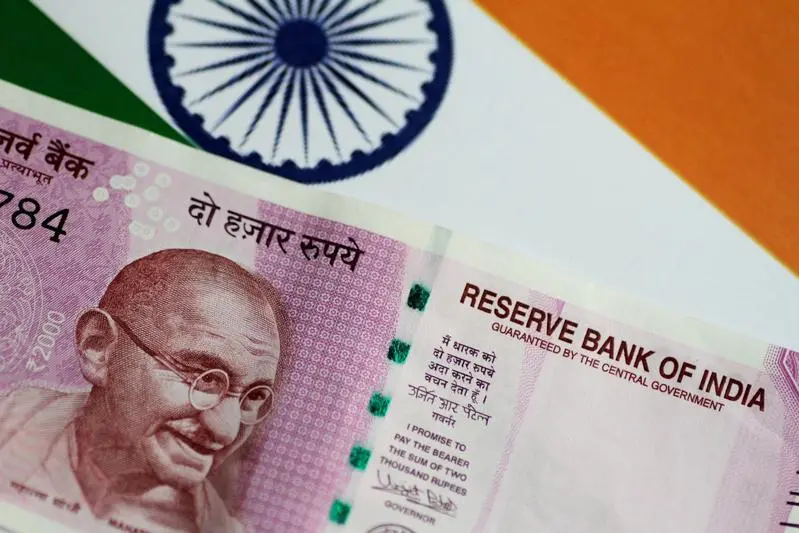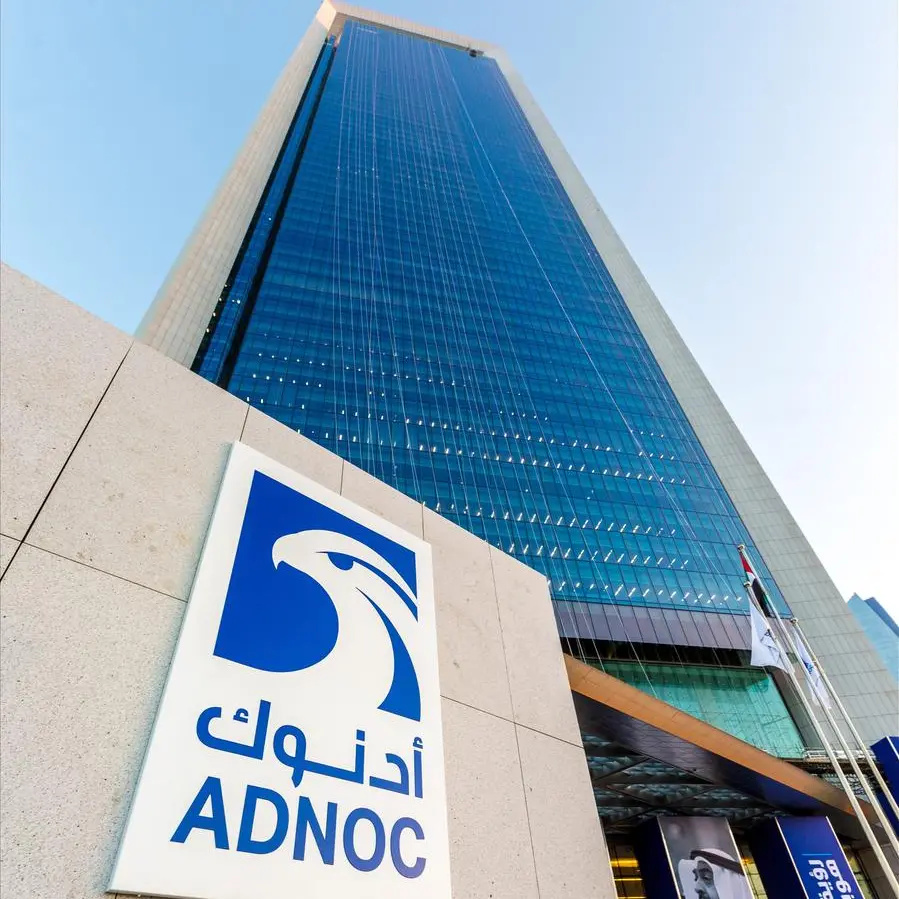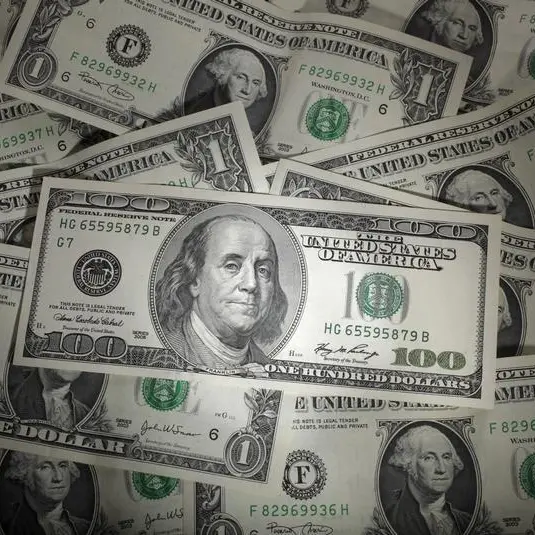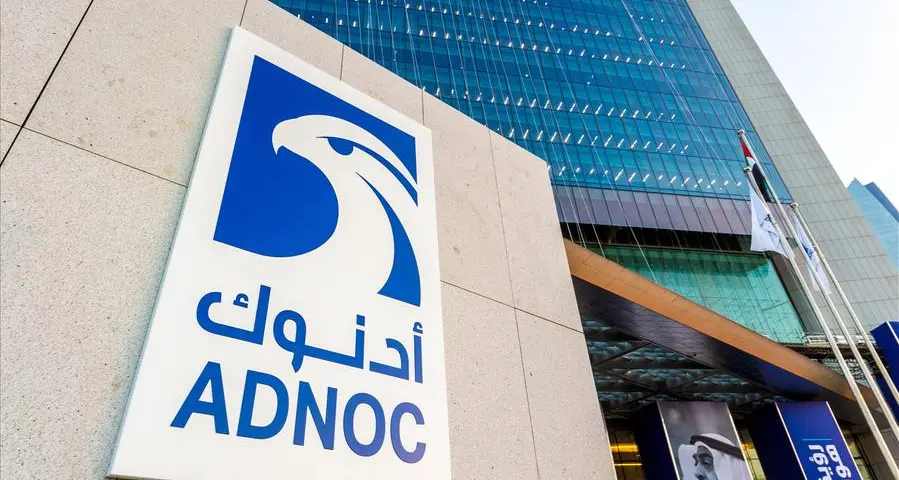PHOTO
The Indian rupee (INR) has pivoted from the best performing currency over the last quarter to one of the worst in recent days thank to the spiraling COVID-19 infections in the country, rebounding fuel prices and the central bank’s securities buying programme.
The rupee has dropped 3 percent to 75.14 per US dollar since the start of the month after chalking gains in the first quarter. On Tuesday morning, it was trading at 74.73 to the dollar.
The Reserve Bank of India (RBI) recently announced the Government Securities Acquisition Programme (G-SAP), through which it committed to purchasing government securities in the secondary market worth Rs 1 lakh crore ($13.34 billion) till June 30 (first quarter 2021). This is being viewed by the market as signs of Quantitative Easing.
“While the equity and bond markets were buoyed by the announcement, the rupee had to bear the brunt of the move. A lot of carry positions in USD/INR in the offshore market got unwound and that rubbed off on the onshore market as well. Given the rich carry in USD/INR earlier, the positioning was overstretched and therefore the unwinding was disruptive,” Abhishek Goenka, the founder and CEO at IFA Global, a Mumbai-based treasury solutions company, told Zawya.
The new wave of COVID-19 infections, particularly in Mumbai and Delhi, are raising fears of another total or partial lockdown. The country saw more than 260,000 cases and over 1,500 deaths on Monday. This fact is also weighing on market sentiment, as it will negatively impact economic activity even more.
“This has led to repricing of INR assets,” Goenka said.
Rupee forecast
The surge in coronavirus is hitting investor confidence in Indian financial assets as well as the economic recovery outlook for FY22, further exacerbating the sell-off in the INR, Jason Yek, Senior Asia Country Risk Analyst, Fitch Solutions, told Zawya.
“We currently forecast the INR/USD to average INR73.50/USD over calendar year 2021 vs INR73.20/USD in the year to date, which reflects our view for the unit to stabilise around current levels over the remainder of the year,” said Lek.
Risks to the forecast are weighted towards INR weakness given uncertainty regarding how long and large this second wave of COVID-19 infections will be. The worse the situation gets, the larger and more persistent the pressure on the rupee will be, he added.
IFA Global expects to see the rupee trade in the INR/USD73.30-76.30 range this quarter.
“We expect the rupee to trade sideways for a few sessions with periodic adjustments higher in a staircase like manner. This would correct rupee overvaluation while keeping volatility under check, both of which are desirable. With the kind of reserve buffer the RBI now has, it can wield significant influence,” said Goenka.
However, this could change if the country manages to bring the spike in coronavirus cases to within manageable numbers through stepped up vaccination and through increased testing and containment measures.
In addition, any sharp fall in global oil prices will also support the INR given that India is a net oil importer, said Lek of Fitch, adding however that this possibility is not a “core view” at Fitch.
According to IFA Global, the continued weakness in the dollar globally coupled with signs of a peaking virus curve domestically could cause the rupee to recover some lost ground.
“It will be interesting to see whether the RBI rolls over its maturing long forward positions. If it does so, it would push forwards higher, thereby making carry attractive again and that too could ease pressure on the rupee,” Goenka said.
(Reporting by Brinda Darasha; editing by Seban Scaria)
Disclaimer: This article is provided for informational purposes only. The content does not provide tax, legal or investment advice or opinion regarding the suitability, value or profitability of any particular security, portfolio or investment strategy. Read our full disclaimer policy here.
© ZAWYA 2021












